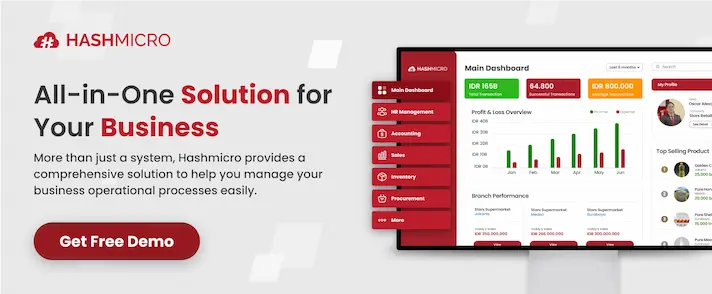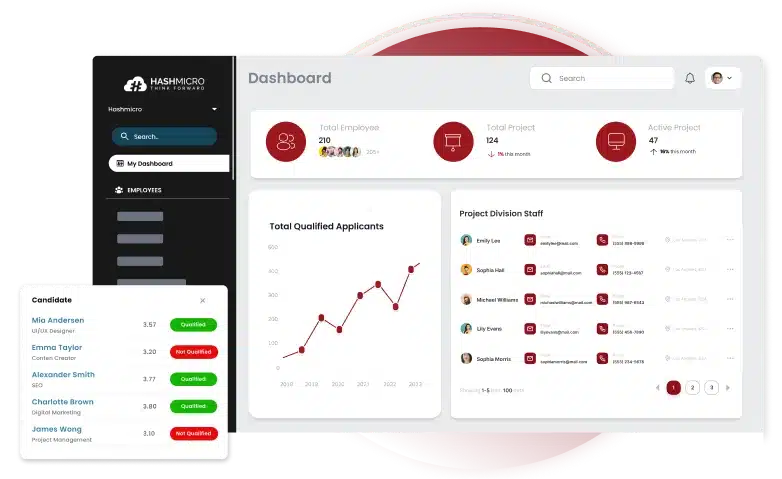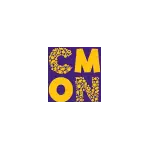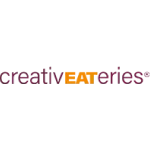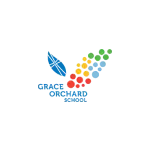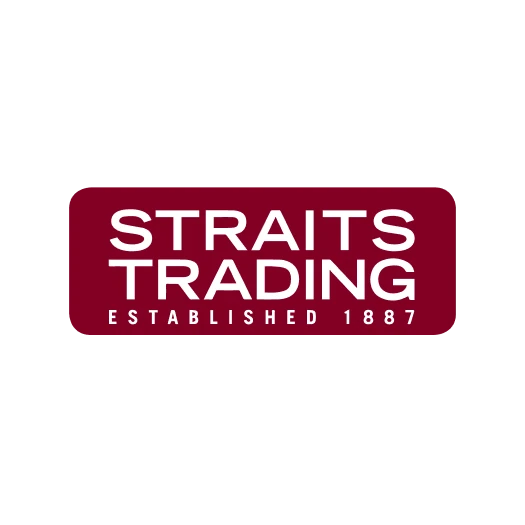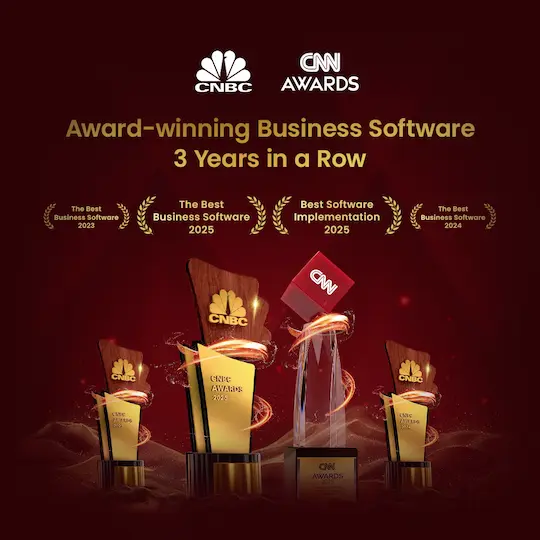According to the 2022 report by PMI, half of all projects fail to meet their deadlines, and poor resource utilization ranks as one of the top reasons. Missed timelines, overloaded teams, and wasted potential often point to one core issue: inefficient resource management.
When companies don’t track how time, talent, or tools are used, they lose sight of where the work is really happening. Some employees end up doing too much, while others barely have tasks that match their strengths.
But the good news is, this isn’t hard to fix. This article will walk you through how resource utilization works, why it matters, and how the right tools can help you manage your team’s time and skills more effectively.
Key Takeaways
|
What is Resource Utilization?
Resource utilization is a key performance indicator (KPI) that shows how much performance and effort a team applies within the available time or capacity. This metric helps project managers predict capacity planning in different areas so they can keep teams balanced and workloads under control.
In practice, resource utilization shows how effectively team members work by calculating the percentage of their working hours spent on tasks that create billable value. Project managers use this to see how resources are used and to plan and budget for future projects.
In service-based industries, it also helps managers check if employee workloads match the company’s billing structure and if the pricing accurately reflects the value provided.
Why is Resource Utilization Important?
With a well-executed resource utilization strategy, a company can achieve several key benefits, such as:
- Reduce employee burnout by identifying potential workload overload in advance. This also improves project delivery through immediate access to accurate productivity metrics.
- Increase profitability by tracking billable utilization in real time. In addition, managers can determine exactly when and which resources to allocate to high-value tasks and projects.
- Maximize employee development by turning idle or bench time into billable work. This not only boosts overall billable hours but also enhances the application of skills.
- Boost productivity by assigning tasks to individuals whose skills best match the requirements. Furthermore, schedules can be adjusted quickly to meet changing demands.
- Prevent scope creep and protect ROI by using resource management tools to clearly define and document project requirements. These tools also help anticipate and address unexpected changes before they disrupt delivery.
Resource Utilization vs. Resource Allocation
Resource utilization and resource allocation are two different concepts in project management. While they are closely related, each serves a distinct purpose. Here are the key differences:
- Resource utilization measures the extent to which resources, such as team members or equipment, are actively engaged in productive work.
- In contrast, resource allocation is the process of determining what resources a project needs, selecting the right team members, and assigning them to specific tasks. It also involves making adjustments or reassignments as priorities change.
Together, they ensure that projects begin with the right resources and that those resources are used effectively until completion.
What is a Resource Utilization Report?
A resource utilization report outlines the utilization rate of resources to identify what is currently available and assess whether there will be enough to complete upcoming project tasks.
There is no single standard for creating a resource utilization report, but it often includes the following elements:
- Labor Costs: Records the expenses related to project resources assigned to carry out specific activities.
- Resource Schedule: Details when each resource will be used and the duration of its involvement.
- Resource Capacity: Compares current utilization levels with forecasts and overall capacity to determine if additional projects can be taken on without disrupting operations.
- Resource Availability: Shows the current availability of resources and notes any constraints, which can change frequently as tasks progress.
How to Calculate Resource Utilization
Even though resource utilization has one main definition, there are several ways to measure it. Each formula serves a different purpose in planning and managing resources.
Resource Utilization
Formula:
Resource utilization = (Billable hours ÷ Available working hours) × 100
Resource utilization shows the percentage of productive time used out of all available working time. This metric can apply to employees, equipment, or even facilities. To calculate it:
- Find the total available working hours.
- Identify the number of billable hours worked.
- Divide billable hours by available hours.
- Multiply the result by 100.
Example: A project lead wants to know how much time a civil engineer at a site in Punggol spent on a housing development project last month. First, they calculate the engineer’s available working hours:
21 workdays × 8 hours per day = 168 available hours.
Next, they confirm the engineer worked 120 billable hours on that project. Dividing 120 by 168, then multiplying by 100, gives:
(120 ÷ 168) × 100 ≈ 71% resource utilization for that month.
Billable Utilization
Formula:
Billable utilization = (Billable hours ÷ (Total working hours − Nonbillable hours)) × 100
Billable utilization focuses only on hours that could be billed to clients, excluding time spent on nonbillable activities. While employees rarely hit 100% resource utilization, they can achieve 100% billable utilization if every possible billable hour is used.
To calculate it:
- Subtract nonbillable hours from total working hours to find potential billable hours.
- Determine actual billable hours worked.
- Divide actual billable hours by potential billable hours.
- Multiply by 100.
Example: The same civil engineer attended weekly safety briefings, internal planning sessions, and a two-day equipment training in Tuas, totalling 36 nonbillable hours for the month. This means:
168 total working hours − 36 nonbillable hours = 132 potential billable hours.
Since the engineer logged 120 billable hours, the calculation is:
(120 ÷ 132) × 100 ≈ 91% billable utilization.
Resource Utilization Best Practices
The tips below outline practical steps to make the most of available resources while preventing burnout.
1. Define Billable and Non-Billable Hours
Start by identifying which activities are billable (charged to clients) and which are non-billable (internal work like admin or training). Clear definitions make tracking more accurate and fair.
Measure all three metrics (overall, billable, and non-billable utilization) to get a complete view of productivity. For example, drafting a client proposal may be billable, while weekly internal meetings are non-billable.
2. Determine Each Team Member’s Available Hours
Calculate availability based on employment terms: full-time, part-time, or contract, and subtract holidays or planned leave. This prevents overestimating capacity and helps assign work fairly.
Use tools like timesheets, resource calendars, or histograms to track availability. For instance, if a designer works 160 hours a month but takes 16 hours of leave, their real availability is 144 hours.
3. Track Time Consistently with Timesheets
Timesheets record actual time spent on tasks and link directly to utilization calculations. Encourage regular updates to avoid data gaps.Reviewing timesheet data can also reveal issues like recurring overtime or unused capacity, which helps managers make better staffing and scheduling decisions.
4. Apply the Right Utilization Formula
Choose the formula that fits your project’s goals:overall utilization, billable utilization, or a specific strategic metric.
A consultancy might focus on billable utilization to track profitability, while an internal IT team might prioritize overall utilization to measure efficiency. Using the right formula ensures you track what matters most.
5. Evaluate and Improve Productivity
Analyze utilization data to spot employees who are overallocated, under-allocated, or underperforming.
Compare workloads and outputs across similar roles to guide support or training. For example, a developer working over 90% utilization for months might need task redistribution, while someone with low utilization may benefit from skill development.
Read more: The 4 Best Event Management Software in Singapore 2025
Optimize Resource Utilization with HashMicro HR Software
Managing resource utilization becomes much easier with the right system. HashMicro’s HR Software helps you track billable and non-billable hours, monitor availability, and measure productivity in just a few clicks.
With features like automated timesheets, smart scheduling, and clear reports, you can see where time goes and adjust workloads before problems arise. It also connects with payroll and project management, so labor costs, capacity, and performance data always stay in sync.
Whether you’re handling one team or multiple departments, HashMicro’s HR Software gives you the tools to keep resources productive, motivated, and aligned with company goals. Below are some of HashMicro’s capabilities:
- Comprehensive manpower planning: Ensure the right skills and headcount are in place for every project.
- Manpower requisition: Fill roles quickly when there are new requests, planned needs, or urgent replacements.
- Career transitions & KPI tracking: Move employees into the right roles based on performance and skill gaps.
- Flexible shift management: Adjust work shifts easily to match workload and avoid idle time.
- Performance tracking (KPI & OKR): Monitor employee performance to spot over- or underutilization.
- Training plan recommendations: Suggest training when employees have unused capacity or need upskilling.
Conclusion
Resource utilization helps companies make the most of their team’s time, skills, and available capacity. When tracked correctly, it improves planning, avoids burnout, and ensures each resource brings measurable value.
With HashMicro’s HR Software, managing resource utilization becomes smarter, faster, and way less stressful for your team. Everything from timesheets to shift planning is handled in one system with no more scattered spreadsheets.
Ready to work smarter, not harder? Try a free demo of HashMicro’s HR Software and see the difference!


